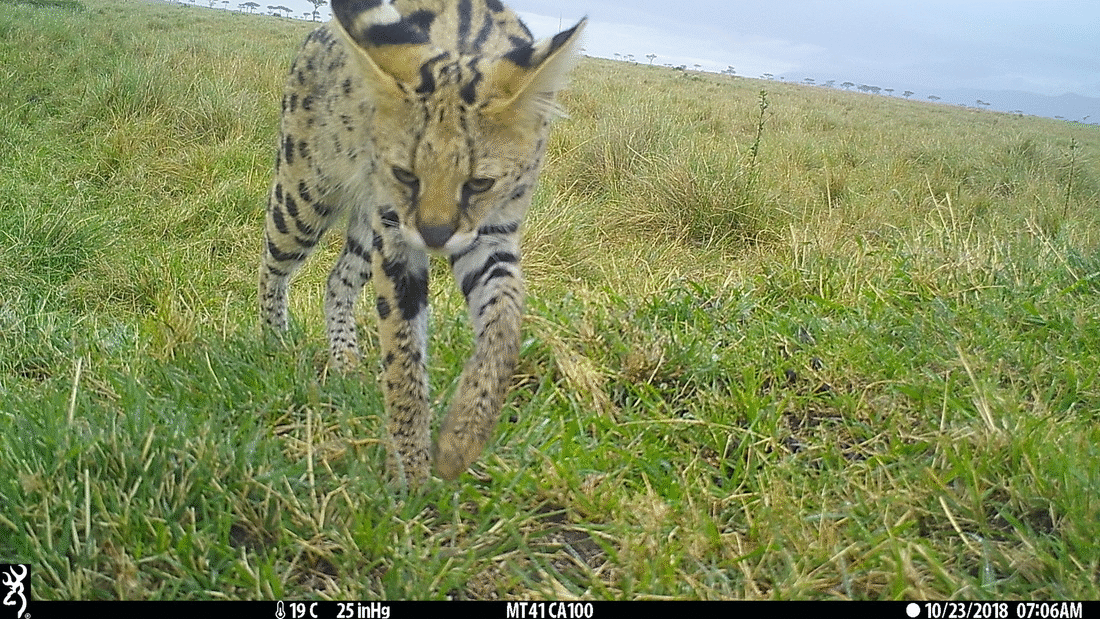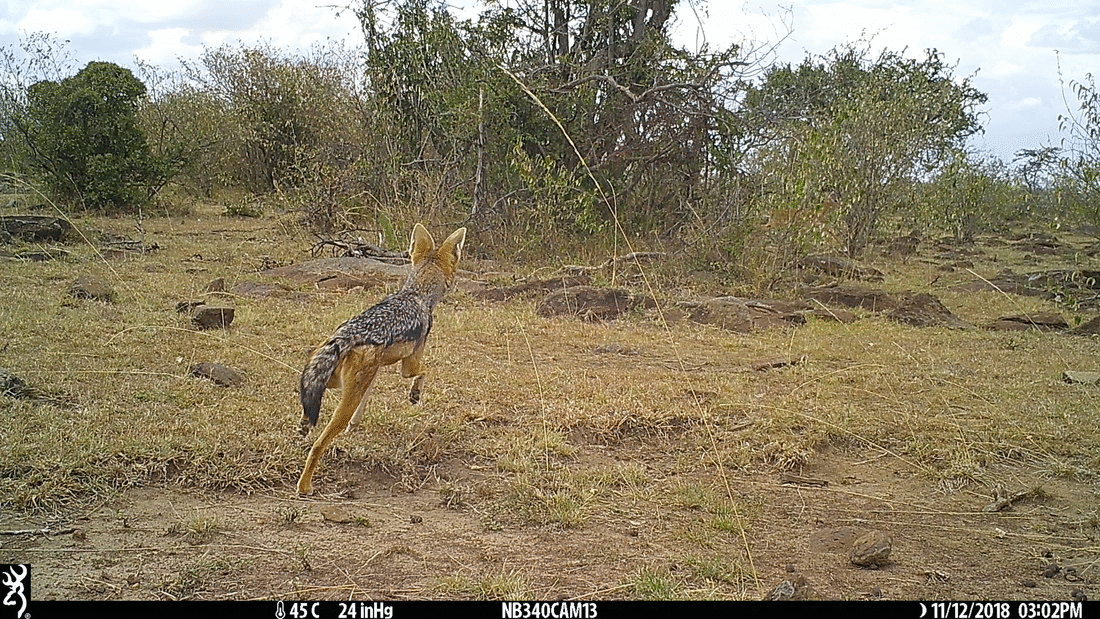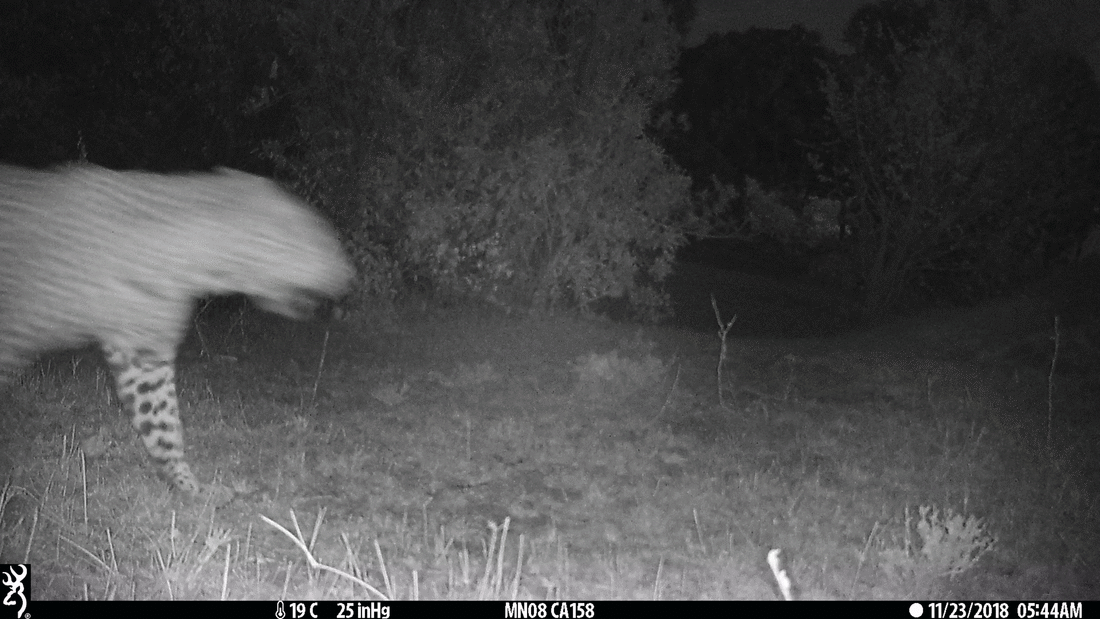The flip side: office work, analysis and meetings.
- guilhermeferreira100
- Apr 12, 2019
- 2 min read
Updated: Aug 10, 2019
I am regularly asked what I do when I’m back in the UK, and the answer is I do what most people in London do; I sit at a desk and stare at a computer screen. We collected 2,105,429 images, excluding the roughly 223,000 photos of me setting up cameras and changing batteries, which means there is a lot of processing that must be done before we can even think about starting to analyse the data! I have manually scanned through all the photos and was very excited to see that we have been able to catch some of the rarer species including aardwolf, caracal and lots of servals! But we still had the problem of how we were going to properly tag all of the images, with this many images it would take one person nearly a year to manually tag them if they could do 7000 a day. The answer to this is to get a computer to do it for you! In the last year there have been huge developments in machine learning and computer vision for camera trap images which can dramatically reduce the time spent manual tagging images.

The first step for us was to find an algorithm that could separate the false triggers from the actual images of animals which has been a big issue for us with the Maasai Mara images before then going on to do species identification. For us an obvious answer was to use the freely available model built from the Snapshot Serengeti project as it borders our study area to the south and so should have almost identical species composition and habitat. We have had some success with using this model, but it is far from perfect especially when we get to the species ID level. Some of the common confusions we are seeing are wildebeest and warthog, eland and cattle and even gazelle as birds... But the main issue we are having is that it is not trained on species that we have in our images, most importantly cattle, sheep and goats. This might be less of an issue if not for the fact that the main aim of the project is to quantify the effect of livestock grazing on the biodiversity in the Maasai Mara and so the cattle, sheep and goats are a key part of the project. At the moment we are still working on a plan for what we are going to do next but it will most likely involve lots of tagging images manually. Alongside the current data processing plans we are also regularly having meetings to discuss the longer term aims of the project including the analyses we plan to do with the Kenya data, plans for when Liam returns from Nepal with all his images and potential expansions of the wider project. I have also had a bit of fun crating some GIFs of interesting sequences from the camera traps.
Whilst this is all going on it is now only just over 2 months until I head back to Kenya before starting the next round of data collection in July so it is full steam ahead with planning, and I have to say, I can’t wait to get back in the field!










Класно сказано 👌 Я теж звертаю увагу на такі деталі, тому й помітила
.
https://www.outfo-production.com/en/post/%E3%80%90the-fall-of-the-queen%E3%80%91her-majesty-s-coffin-s-last-trip-to-windsor
شيخ روحاني
شيخ روحاني
رقم شيخ روحاني
شيخ روحاني لجلب الحبيب
الشيخ الروحاني
الشيخ الروحاني
شيخ روحاني سعودي
رقم شيخ روحاني
شيخ روحاني مضمون
Berlinintim
Berlin Intim
جلب الحبيب
سكس العرب
https://www.eljnoub.com/
https://hurenberlin.com/
جلب الحبيب بالشمعة
Reading your post about office work, analysis, and endless meetings felt like peeking behind the curtain of everyday routines and wow, how much unseen effort goes into making things run smoothly. You really captured the tension between visible outcomes and hidden labor. It made me think about how students juggling full schedules might look for relief through an online nursing class when time’s already stretched thin. Your post reminds me that real work is often what's happening offstage.
I loved this inside look at all the behind-the-scenes work the hours of processing, meetings, and planning that most people never see. It brought back memories of nights when I felt buried by expectations, and the phrase online exam help slipped into my mind, as a quiet temptation when stress took over. But reading this reminded me: the real value is in showing up, in doing the work ourselves, even when it’s tedious or overwhelming. The care and dedication in every step from tagging images to organizing analysis sessions shows that it’s through persistence that results truly emerge.